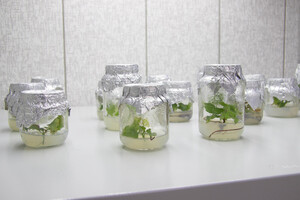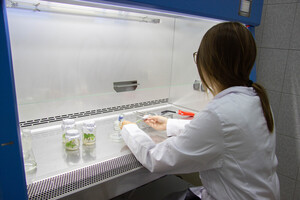The first industrial curly birch crop will be planted in Karelia in the fall.
— The planting stock was prepared by staff of the KarRC RAS Woody Seedling Experimental and Production Department - a separate scientific and production facility designed to develop the technology for industrial-scale curly birch breeding and to create conditions for replication of seedlings of this woody crop. Several things made the establishment of an industrial plantation of curly birch possible. A unique collection of in vitro clones of rare birch species has been created at the Karelian Research Center RAS, the bulk of which (32 genotypes) is curly birch. It is carefully maintained by staff of the Forest Research Institute. Genetic material from this collection is used to create curly birch seedlings for industrial cultivation. Clonal micropropagation, which KarRC RAS scientists have been practicing since the 1990s, is the most efficient technique for producing seedlings of this tree crop which guarantees the preservation of unique traits of the source trees, — told Olga Bakhmet, KarRC RAS Acting Director General.
Проводить такие работы в большом объеме позволит современное оборудование для клонирования и выращивания саженцев, закупленное Карельским научным центром РАН.
The plantation will be created under the three-party cooperation agreement between the Karelian Research Center RAS, the Ministry of Natural Resources of Karelia and Segezha Group PJSC.
News
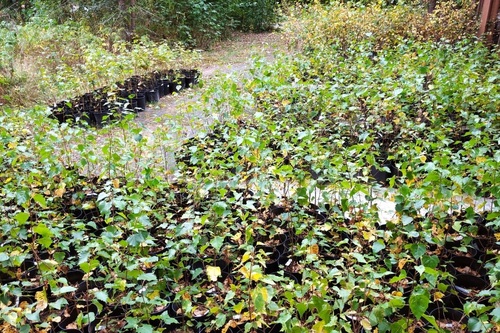
September 24, 2024
The first industrial curly birch crop to be planted in the republic
Karelian Research Center RAS employees prepared planting stock of curly birch for its first industrial-scale crop. The plantation will be created under the three-party cooperation agreement between the Karelian Research Center RAS, the Ministry of Natural Resources of Karelia and Segezha Group PJSC.
Karelian Research Center RAS employees prepared planting stock of curly birch for its first industrial-scale crop. The plantation will be created under the three-party cooperation agreement between the Karelian Research Center RAS, the Ministry of Natural Resources of Karelia and Segezha Group PJSC.
See also:
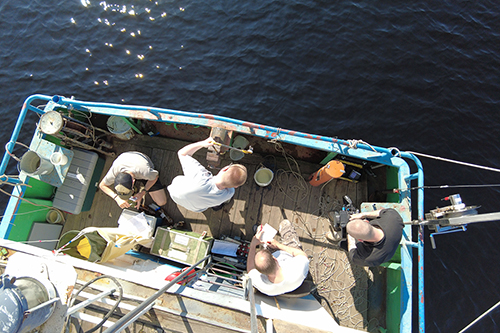
July 28, 2025
Researchers monitor the state of Lake Onego under climate change and human impact
Staff of the Northern Water Problems Institute KarRC RAS are back from an expedition that covered larger bays and deep-water regions of Lake Onego. The multidisciplinary studies both provide new data on the wellbeing of the lake ecosystem through modern analysis methods and permit tracing the changes relying on over 60-year-long own observation series. Annual monitoring is especially important for evaluating the combined effect of climate change and human impact on the lake.
Staff of the Northern Water Problems Institute KarRC RAS are back from an expedition that covered larger bays and deep-water regions of Lake Onego. The multidisciplinary studies both provide new data on the wellbeing of the lake ecosystem through modern analysis methods and permit tracing the changes relying on over 60-year-long own observation series. Annual monitoring is especially important for evaluating the combined effect of climate change and human impact on the lake.
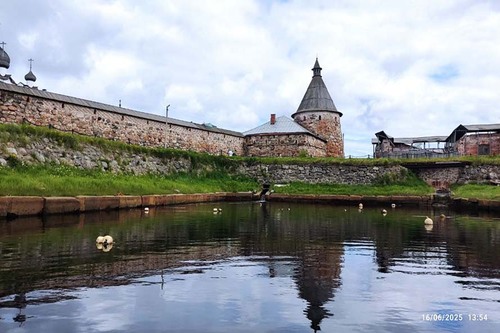
July 24, 2025
Karelian scientists assess the consequences of human impact on Solovki ecosystem
In 2025, KarRC RAS scientists continued field surveys in Blagopoluchiia Bay, Solovetsky Archipelago, White Sea. Two expeditions have already taken place – in winter and in summer, and one more is coming in August. Scientists explore the human impact on the archipelago’s nature, both in the bay waters and on adjacent land. They have detected an unusual ice structure, collected sediment cores to assess the pollution level, described the composition of the flora in the intertidal zone and the coastal meadows.
In 2025, KarRC RAS scientists continued field surveys in Blagopoluchiia Bay, Solovetsky Archipelago, White Sea. Two expeditions have already taken place – in winter and in summer, and one more is coming in August. Scientists explore the human impact on the archipelago’s nature, both in the bay waters and on adjacent land. They have detected an unusual ice structure, collected sediment cores to assess the pollution level, described the composition of the flora in the intertidal zone and the coastal meadows.




